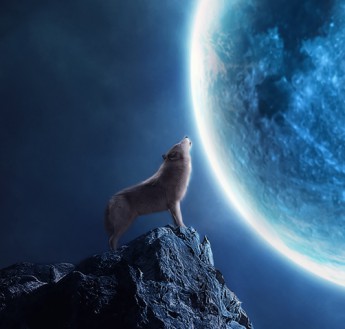To continue the Sci-Fi theme for this week; let’s talk about Star Trek shall we? I will be sticking to the original series for this post, although feel free to add you own bits on anything relating to Sci-Fi in the comment section. What do think of when you think of the original Star trek? Cheesy acting, stories, and special effects that can be done on a camera phone today? Yeah that is the usual response I get. But think about it for a moment. Those special effects were better than anything else out at the time. 40 years from now people will be scoffing at digital recordings and the current HD. It was the stories in the original series that keeps the Star Trek universe alive today. Those cheesy, moralistic, wonderful stories that proved it could be done. (The first two seasons anyway. I make no allowances for most of the third.) What was “it” that could be done? Real story telling in the Sci-fi genre is “it”.
Sci-Fi books had been doing “it” since the beginning. There is H.G. Wells and Mary Shelly to name just two for now. Even the movies of the day were more stylistic with the writing, but television was a whole other ball of wax. Twilight Zone and the Outer Limits were the big shows and they were fantastic, yet they had different characters and completely different stories every week. Episodic television, in the Sci-Fi genre, was pretty barren. The comparison I am going to use is the old Lost in Space, the show, not the movie.
That show had two things, what could charitably be called the monster of the week, and a kid who was annoying and cutesy. Nothing else was ever accepted by the networks until Star Trek came along and it took Gene Rodenberry, the creator of Star Trek, at trip to several networks and the promise he could do it on the cheap. Once he got it going however, and hired the right writers, he started something that will not end.
Star Trek never had a standard ‘monster of the week”. The monsters on Star Trek were different. In the episode, The Devil in the Dark, there is a monster killing miners. They eventually find out it is called a Horta, and the Horta is killing the miners because the miners are unknowingly killing the Horta’s children. Not a typical monster, you actually start rooting for the Horta by the end. Star Trek created think pieces. An action adventure story in space with moral conundrums buried in the episodes. Roddenberry managed to give the studio action, they did not notice he slipped in something more. Many of the 79 episodes were like this and that is what changed the television landscape forever. Tomorrow I will tell you my thoughts on how I think that happened.
What do you think?
image from fanpop.com

Interesting. What about the racial, gender, age and other barriers they broke so well? Many say they continued to do this in subsequent incarnations of the brand as well, putting women and people of color in leadership/starring roles earlier than other primetime shows. Very cool. Also, had a peaceful, utopian-esque, nonviolent approach, respect first, defense second, attack never kind of philosophy UNIQUE in sci-fi shows to date. I LOVED those parts and continue to utilize them myself in my own writing. Thanks, Gene Roddenberry, and thanks for posting this! Best to you.
LikeLike
Thanks for the response. You are absolutely correct in pointing out the affect Star Trek had on race, gender and age. We can thank D.C. Fontana, one of the female writers of Star Trek for that. For the purpose of these posts I was going for the effect it had on the industry as a whole. The show had so many things it reached out to, I would have to spend a week just on the original Star Trek. Maybe someday I will.:)
LikeLiked by 1 person
Yes it is…
LikeLike